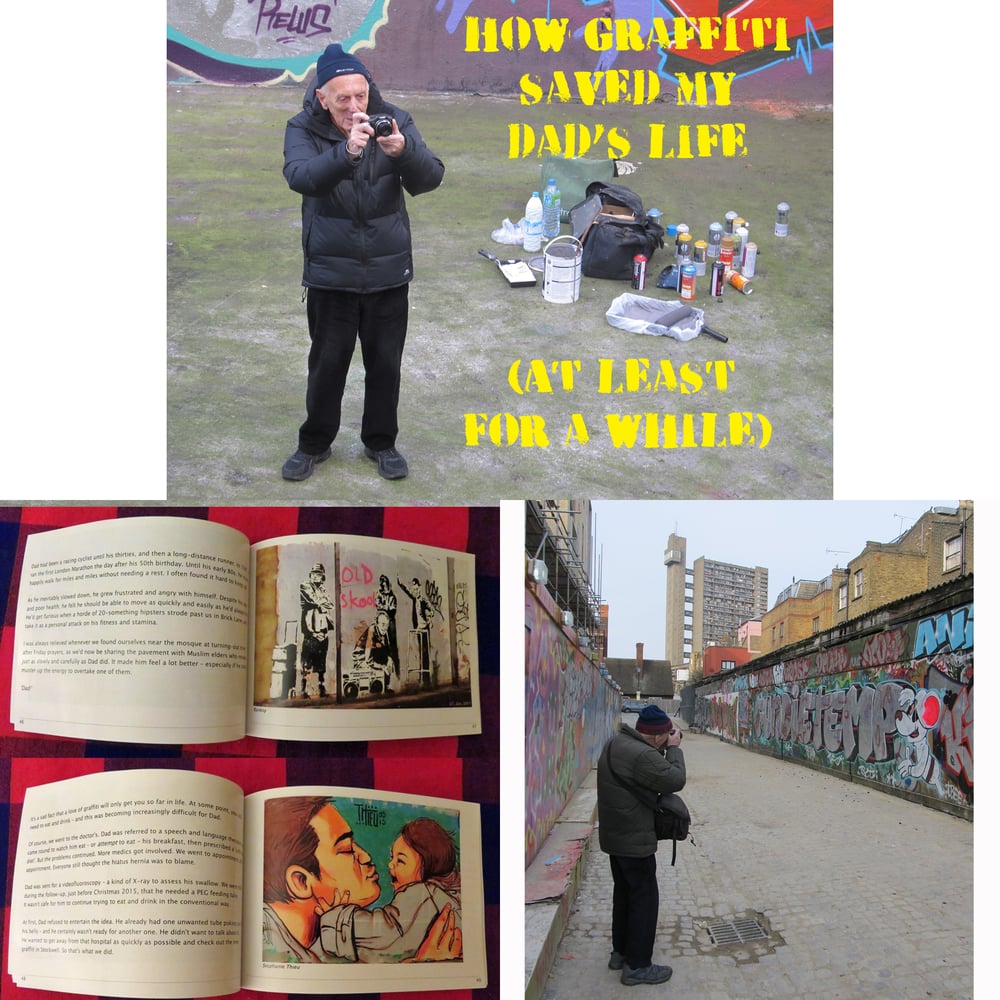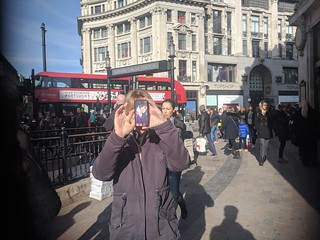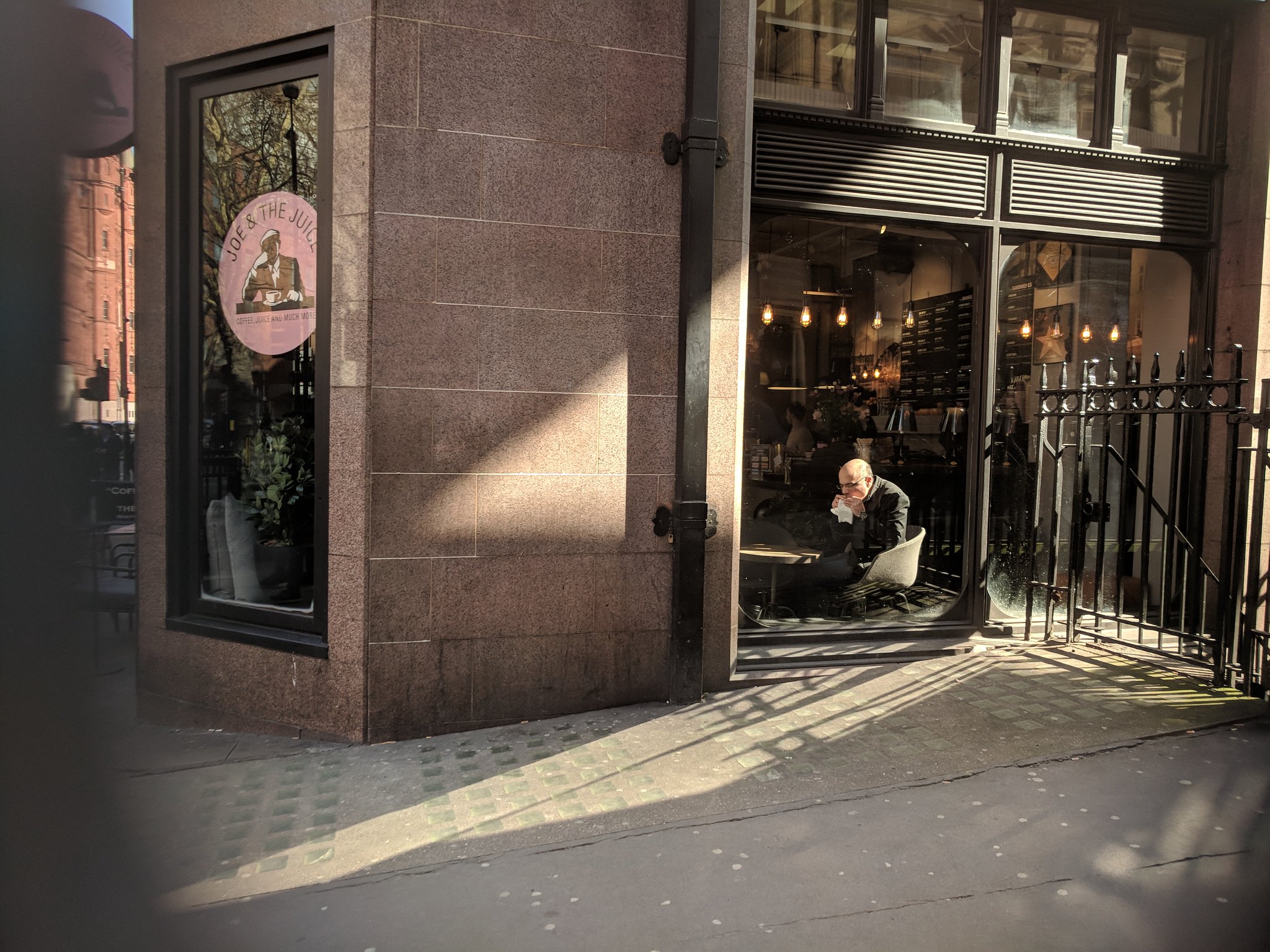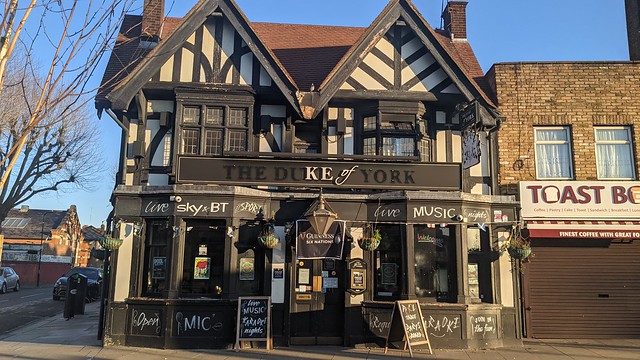I've neglected writing about my roots for a while now. Granted they're bubbling beneath my current project but the death of my mum almost two years ago seems to have consciously or not put that to one side. In fact that's the subject of a blog post that's been in draft for over a year now following my discovery of a wonderful book by Paul Treacy called SE26 at the 2nd London Photography Symposum.
Paul lives in a part of south London my mum spent her last weeks in. The photographs that make up his book are, for me, a beautiful and evocative reflection on the time I spent with her in and around that area. It's a special book even without the connection I made to it as it's a portrait of a neighbourhood as lived in by the photographer. Each image stands alone but you can appreciate it is part of a larger experience and set of narratives you're privileged to glimpse into and wonder about.
In the serendipitous way I love life works my interest in anything street was piqued by the publication of How Graffiti Saved My Dad's Life. It's both an important document of contemporary social commentary across the landscape of London and a love letter from a daughter to a fathercommemoratingcelebrating his passion and her efforts to sustain it through his terminal illness.
I found the story an inspirational illustration of how pictures can act as a bridge between different worlds on so many levels and to its viewers in so many different ways. What's that sound? Ah, just another echo of Ambiguous.
My own connection was that while reading the book it became evident that the wonderful photographer was in the same hospice as my mum at around the same time. It gave me an illogical sense of comfort and a reconnection with both the power of photography...and the power of love too.












